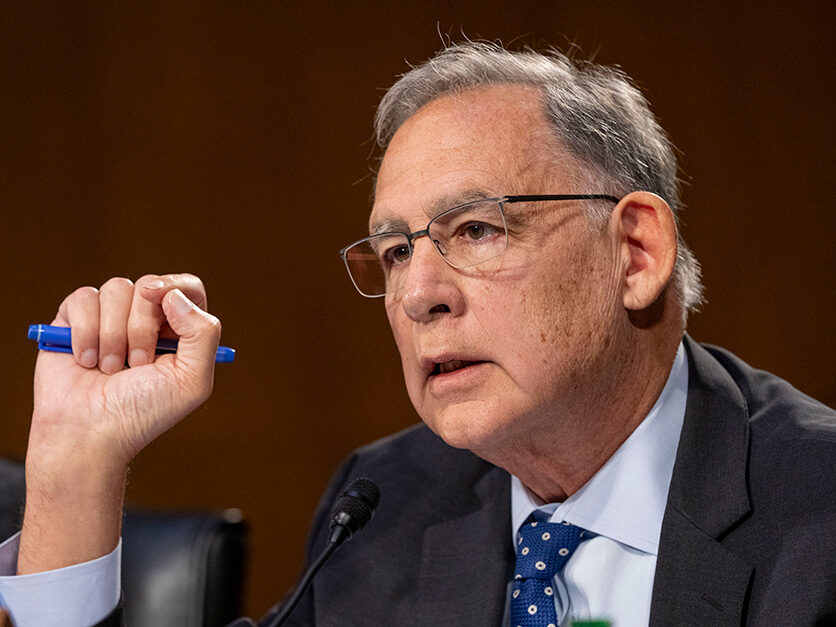Key Takeaways
- The Senate Agriculture Committee has reduced the state cost-share requirements for SNAP while increasing funding for farm bill programs.
- Proposed changes would yield a net spending reduction of $144 billion over 10 years, contrasting with the House’s $238 billion cut.
- Both the Senate and House bills introduce new limitations on SNAP benefits, with varying work requirements and cost-sharing structures.
Adjustments to SNAP and Farm Bill Programs
The Senate Agriculture Committee is revising the state cost-share requirement for the Supplemental Nutrition Assistance Program (SNAP) within the House budget reconciliation bill, while preserving significant enhancements to farm bill initiatives. Agriculture Committee Chair John Boozman announced these changes during a GOP conference, with the official bill text released later in the day.
The Senate’s adjustments are expected to result in a net spending reduction of $144 billion over the next decade. In comparison, the Congressional Budget Office projected that the House’s version of the One Big Beautiful Bill Act would slash agricultural spending by $238 billion by 2034. The Senate bill aims to allocate $67 billion more for farm bill programs, utilizing the savings generated from SNAP reform.
Both the Senate and House proposals plan to increase the Price Loss Coverage (PLC) reference prices by 10% to 20%, with specific prices set for various crops: $6.35 per bushel for wheat, $4.10 for corn, and $10 for soybeans, among others. Additionally, farmers would be allowed to enroll up to 30 million new base acres in PLC or Agriculture Risk Coverage (ARC) programs, while the payment cap for commodity programs would rise from $125,000 to $155,000, indexed for inflation.
For dairy farmers, coverage limits under the Dairy Margin Coverage (DMC) program will increase from 5 million pounds to 6 million pounds of milk. Both bills would also incorporate Inflation Reduction Act conservation funding into the farm bill baseline, boosting future spending by 32% across four primary programs.
Important distinctions exist between the Senate and House bills. The Senate does not include a cost floor for the corn PLC reference price, which could result in a $4 billion deficit over a decade. The Senate also proposes an increased escalator for PLC reference prices, allowing annual increases up to 88% of the five-year average market prices.
The Senate plan proposes to create a new Supplemental Agricultural Trade Promotion Program to enhance existing trade programs with a $285 million annual budget. In contrast to the House approach of shifting significant SNAP costs to states, the Senate’s cost-sharing model caps potential state contributions at 15%, with timelines for implementation aimed at addressing error rates in state programs by 2028.
The Senate version retains increased administrative cost provisions introduced in the House bill. Both proposals include revisions for able-bodied adults without dependents, with the Senate raising the age threshold for parental work requirements from 7 to 10 years.
Despite previous concerns, Boozman indicated that the Senate proposal has received a positive reception, aiming to generate savings while incentivizing states to improve efficiency. The young senators’ responses have varied, particularly among those representing states with higher error rates.
In addition, both bills stipulate that SNAP benefits will be restricted to U.S. citizens and lawful permanent residents. Future updates to the Thrifty Food Plan must also be cost-neutral, with inflation-adjusted annual increases.
The Republican party has set a target deadline of July 4 for completing reconciliation negotiations, with optimistic expectations for final proposals and voting schedules in the coming weeks.
The content above is a summary. For more details, see the source article.















